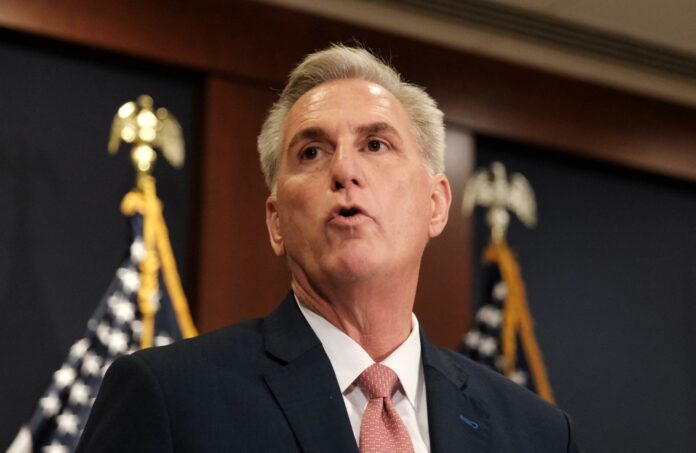Stocks are clawing back some ground this morning after a bruising session yesterday, triggered by the Federal Reserve’s hawkish stance on interest rates. The S&P 500 edged up about 0.4% in morning action, the Dow Jones Industrial Average added 0.2%, and the Nasdaq Composite advanced around 0.5%. This modest recovery comes as markets grapple with the Fed’s message that borrowing costs will remain elevated to combat inflation. Fed Chairman Jerome Powell did little to allay concerns about a looming U.S. recession while stoking hawkish fears.
On the bond front, the 10-year Treasury yield stabilized after soaring to a 15-year high yesterday. Across the pond, Eurozone Composite PMI ticked up slightly, driven by improvements in Germany, while the UK’s composite flash PMI fell more than expected. Goldman Sachs analysis put out a note covering today’s PMI data, highlighting three key points: subdued Euro area growth, moderating inflationary pressures, and deteriorating UK growth momentum, all of which point to a softer European economy.
Stateside, the gap between ‘hard’ and ‘soft’ economic data has widened, with ‘hope’ reaching two-year highs. Manufacturing PMI for September showed a fifth consecutive month of contraction, while Services PMI slid to its lowest level since January. Siân Jones, Principal Economist at S&P Global Market Intelligence, commented, “PMI data for September added to concerns regarding the trajectory of demand conditions in the US economy following interest rate hikes and elevated inflation.”
Jones also noted that while subdued demand didn’t lead to job losses, the uptick in employment might be short-lived due to “evidence of burgeoning spare capacity and dwindling backlogs.” Inflationary pressures persist, with rising fuel and wage costs pushing operating expenses higher. However, weak demand is preventing firms from passing these costs onto clients.
And though stocks are slightly higher through noon, today’s PMI data continues to suggest that the Fed and European Central Bank are both staring down the barrel of ‘stagflation,’ a blend of stagnant growth and rising prices, complicating their ongoing hopes for a “soft” or “no landing” economic outcome.
More imminently dangerous to bulls, however, could be the impending U.S. government shutdown. Republican leaders in the House sent the chamber into recess yesterday and it’s unlikely that either side of the disagreement – establishment Republicans vs. Freedom Caucus Republicans – will come to terms any time soon.
“Investors are staring at the ground right now worried about a shutdown,” said Harris Financial managing partner Jamie Cox.
“Markets are just sort of waiting around to see when it happens, and then trying to discount the duration of it.”
The shutdown could potentially converge with the autoworkers strike, oil rally, and student loan payment resumption to “sucker punch” markets while they’re down. And the odds of a “bad news is good news” rally in response seem to be dwindling following the Fed’s hawkish “dot plot” that was revealed Wednesday.
Yes, stocks are oversold following the recent selloff, and they may even bounce higher here over the next few days. But the market could absolutely still go lower should a significantly bearish trigger (or set of triggers) emerge.








